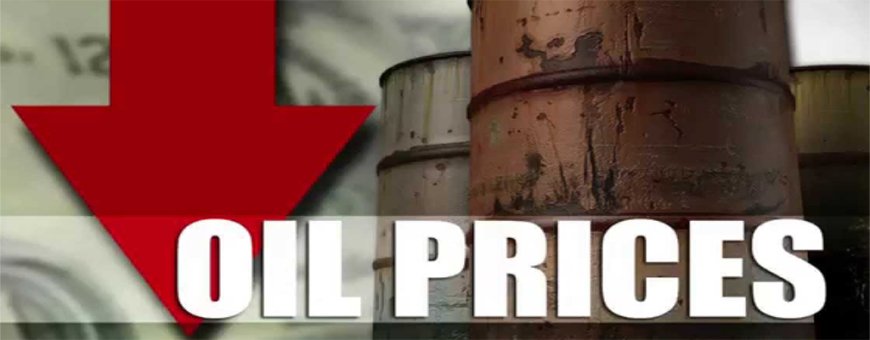Oil Prices Expected to Stay Under $70

Despite heightened tensions in the Middle East, oil prices are likely to remain capped below $70 per barrel for the rest of the year amid ample supply and uncertainties about demand.
Unless actual supply disruptions occur in and around the hotspots in the Middle East, the price of oil will be a function of supply and demand, analysts and investment banks say.
Growing supply from the OPEC+ group, although not as high as the monthly headline figure of 411,000 barrels per day (bpd) suggests, is set to create an oversupply on the market going into autumn, even if summer demand holds strong. On the demand side, peak summer travel season may justify higher supply, but lingering trade and economic uncertainties may cap upside to prices.
As a result, most analysts expect oil prices to hover around the current levels in the mid-$60s per barrel and average below $70 a barrel for 2025.
Currently, oil’s ‘normal’ price would be in the $70s range, but the market oversupply is keeping prices in the $60s, Rob Thummel, senior portfolio manager of Tortoise Capital, told BNN Bloomberg this week.
“In order for oil prices to return to what we think is the $70s, kind of normal price, you need the market to really rebalance,” Thummel said.
“What that means is either oil production in other locations is going to fall, and, or effectively, demand for oil is probably going to rise more than what people expect in the second half of the year.”
According to Ole Hansen, Head of Commodity Strategy at Saxo Bank, crude oil may face headwinds in the second half of the year amid rising output and economic growth concerns.
“OPEC8+ continues to ramp up production in an effort to punish overproducing quota cheaters, and to reclaim market share from higher-cost producers which may eventually have to dial down production amid lower price expectations,” Hansen said in a weekly commodities commentary.
Major investment banks, including Goldman Sachs, Morgan Stanley, and JPMorgan, expect Brent crude prices to average $66.32 a barrel and WTI Crude to average $63.03 per barrel this year, according to a June survey by The Wall Street Journal.
The responses in June were slightly higher compared to those in the May poll, but the analysts continue to see fundamentals as key for prices, and right now these fundamentals point to an oversupply amid uncertain economic prospects with the U.S. tariff policies.
The Reuters survey of 40 analysts and economists in June also saw a slight increase in the price forecasts. Brent is seen averaging $67.86 per barrel in 2025, up from $66.98 a barrel expected in May. WTI is expected to average $64.51, up from $63.35 per barrel in May.
However, analysts concur that the glut would cap rallies unless the Middle East conflict broadens and leads to more volatility and price spikes.
In case an oversupply overwhelms the market if summer demand disappoints, OPEC+ is likely to act swiftly to put a floor under prices by pausing production increases.
“We expect OPEC+ to exert caution in raising production, even putting plans on hold indefinitely at the first signs that prices may fall significantly,” Matthew Sherwood, lead commodities analyst at EIU, told Reuters.
Next week could remove some uncertainty over the global economy and oil demand as July 9 is the end of President Trump’s 90-day pause on the so-called “reciprocal” tariffs.
“We could see tariff increases reinstated on some US trading partners if trade deals are not concluded. This leaves a fair amount of uncertainty going into next week,” ING strategists Warren Patterson and Ewa Manthey wrote in a note on Thursday.
The oil market is full of uncertainties, but current supply and demand balances point to an oversupply and subdued oil prices in the coming months, barring a supply disruption in the Middle East.
By Tsvetana Paraskova for Oilprice.com









































